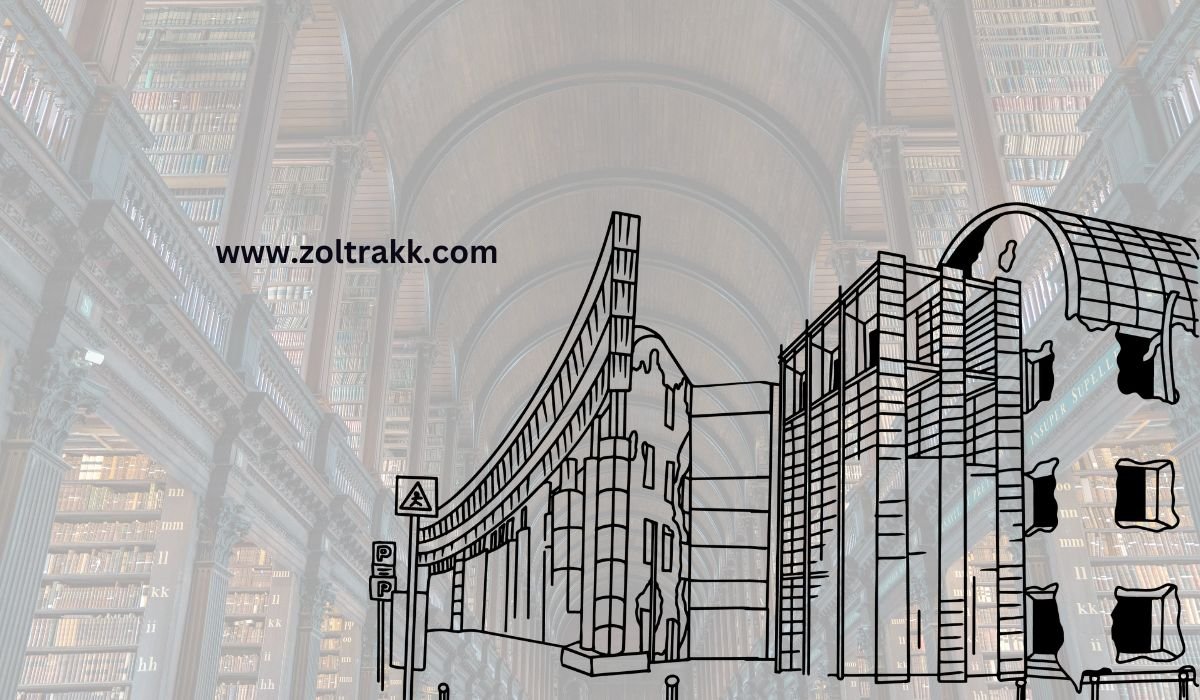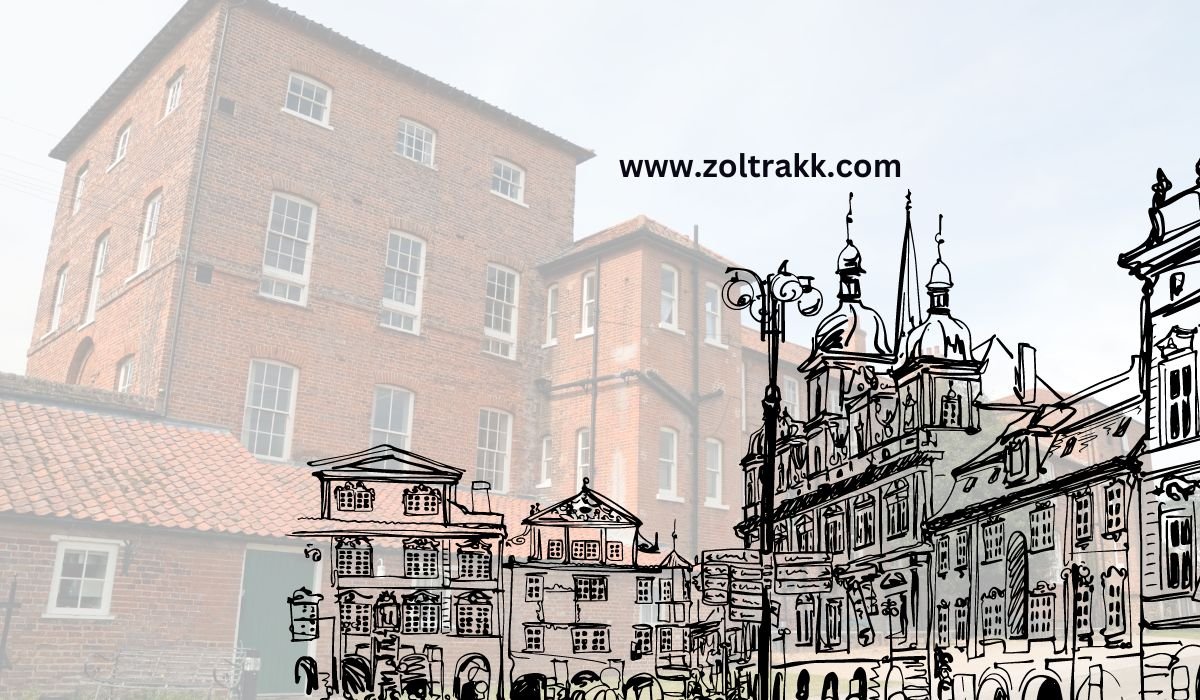Section 31-606 of the Suffolk, VA zoning ordinance is about the criteria set concerning nonconforming use and structures. Zoning is a significant component in urban planning in that it controls and regulates land utilization so that there is harmonization in carrying out developments or proper utilization of the property in a city. This section explains how properties lawfully established under old zoning laws no longer conform with the new ones. Section 31-606 is essential for property owners, developers, and real estate professionals. It deals with the continuation, alteration, or abandonment of nonconforming properties. In this comprehensive overview, readers will explore every nook and cranny of Section 31-606, including the implications on property development and frequently asked questions, which empower you to navigate Suffolk’s zoning terrain successfully.
Key Takeaways
- Section 31-606 regulates nonconforming uses and structures in Suffolk, VA.
- Understanding this zoning provision is essential for compliance in property development and real estate transactions.
- The section addresses how existing properties that do not meet current zoning requirements can be managed.
- Key aspects include the handling of nonconforming uses, permit requirements, and the impact on property value.
- FAQs cover permit applications, property modifications, and dispute resolutions.

Understanding Section 31-606 in Suffolk, VA
What is Section 31-606?
Section 31-606 refers to that portion of the ordinance of the Suffolk, VA zoning order dealing with nonconforming use and structures. Under zoning jurisprudence, nonconforming is a type of property or structure that was lawfully erected but does not conform to the new standards or ordinances promulgated by zoning regulations. This section describes how these properties shall be allowed to continue in existence, be altered, or phased out.
Essential Elements in Section 31-606
- Nonconforming Uses: Compounds whose legal uses are made for a specific purpose are covered under earlier zoning ordinances but now contradict the current zoning classifications.
- Nonconforming Structures: These structures do not meet new zoning requirements due to changes in building codes or land use ordinances.
- Permits and Approvals: The guidelines and regulations for issuing licenses on nonconforming property changes or additions.
- Termination of Nonconforming Uses: Standards for when and how a nonconforming use or building must be terminated if it cannot be made to conform
Why Section 31-606 Matters
Section 31-606 is essential to balance development and preservation. It allows old properties to continue functioning while new developments meet the current zoning standards. The balance thus serves to aid.
- Property Values: The property loses value if it does not change or expand usage due to archaic regulations.
- Ease of Development: Regulating nonconforming uses has been seen to help the city meet modern uses of development.
- Community Standards: Ensuring current standards are applied to all new properties in development has helped protect neighbourhoods’ character and safety.
Definition and Examples
Nonconforming uses are the uses of a property that were permissible under old zoning regulations but are no longer allowed under current rules. For example:
Commercial Building in Residential Zone
A commercial property operating in an area now zoned for residential use.
Industrial Facility
An industrial operation that predates zoning changes now restricts industrial activities in certain areas.
Regulations and Requirements
- Continuance: Nonconforming uses can continue but cannot be enlarged or developed more than the original size and intensity without conditional use or variance approval.
- Change: Any change made to a nonconforming use must comply with existing regulations, or a variance must be approved.
- Abandonment: If a nonconforming use is abandoned for some time, usually twelve months, the nonconforming use cannot be reinstated and once again operated without complying with existing zoning regulations.
Nonconforming Structures Definition and Examples
Nonconforming structures are improvements or buildings that lawfully construct but did not meet the zoning standards instituted. Some of them include:
- Building Height: A building that exceeds the current height restrictions.
- Setback Requirements: Structures that encroach on present setback lines.
Regulations and Requirements
- Maintenance: Nonconforming structures must maintain but cannot alter to increase nonconformity.
- Repairs and Rehabilitation: Repairs and rehabilitation must meet the current zoning regulations when more than a specific percentage of the value of the building involve.
- Replacement: A nonconforming building structure, partially destroyed beyond a specific percentage (usually 50%), must be rebuilt to meet the current zoning regulations.
Permits and Approvals Types of Permits
- An alteration Permit applies when a nonconforming building or its space use.
- Expansive Development Permit: Required if the nonconforming property or use is to expand beyond the intent of the original development.
- Variance: The deviation from zoning ordinance requirements, an exception, affords a little leeway in fulfilling standard set-aside requirements.
Application Process
- Filing: Applications are made to the Suffolk Planning and Community Development Department.
- Analysis: The application analyze for conformity with Section 31-606 and other zoning rules.
- Approvals: Permits grant once one complies, subject limite conditions which may substantially limit the scope propose changes.
Abatement of Nonconforming Uses
Phase-Out
Nonconforming uses must eventually comply with the current zoning ordinance. This can be done in either of the following ways:
- Voluntary Complying: Owners of the property elect to modify their properties to comply with the new zoning
- Mandatory Compliance: The city may mandatorily compel compliance if a nonconforming use abandon for a set number of years
Also Read Moer:Dd osama age 2023
Problems and Solutions
- Financial Implications: Bringing nonconforming properties into conformance can be very costly. There are choices such as eligibility for financial aid or phased-in compliance plans.
- Legal Conflicts: Other areas of conflict include the requirements for compliance. These often have administrative appeals or even litigation.

Zoning Statistics in Suffolk, VA
To determine the impact of the aspects of Section 31-606, the statistics below involve some of the zoning and property development aspects that exist in Suffolk, VA:
Permits for Property Development
- Total Number of Permits Released (2023): More than 1,200 development permits remain, meaning that development and alteration activities remain.
- Nonconforming Property Permits: Approximately 120 permits had issues with nonconforming properties, thus the necessity for the section.
Zoning Violations
- Number of Total Violations in 2022: According to the city report, there are 350 zoning violations.
- Nonconforming Violations: Of these, 60 had the violation- the nonconforming use and structure according to Section 31-606.
Real Estate Implication
- Value Depreciation: Properties subject to Section 31-606, in most cases, experienced a 5-10% loss in value due to the restrictions on development and changes.
Community Impact
- Community Reaction: 70% of Suffolk residents preferred strict zoning laws to protect community standards and property values.
Frequently Asked Questions About Section 31-606
What is a nonconforming property?
A nonconforming property was lawfully established under prior zoning laws at its creation or establishment but did not conform to present requirements.
Can I make changes to a nonconforming property?
Yes, changes can be made, but they will require a permit and must conform to current zoning ordinances’ existing conditions. Significant alterations may prohibit, or a variance may need.
How do I apply for a zoning permit in Suffolk?
You must apply to the Suffolk Department of Planning and Community Development to get a zoning permit. Clear draft plans and reasons for the proposed changes shall accompany the application.
How would Section 31-606 impact on property value?
By Section 31-606, restrictions on alteration or enlargement may lower the value of a nonconforming property. This could especially reflect in resale value and investment.
What happens in the event a nonconforming property is destroyed?
If a nonconforming structure destroy to more than 50% of its value, the structure must be rebuilt per the present zoning ordinance.
How do I resolve a zoning problem?
There are ways to resolve one’s dispute, and the Board can hear such disputes of Zoning Appeals, appeal to, obtain variance through, or file an appeal for a lawsuit.
Zoning Classifications in Suffolk, VA
This means understanding the categorizations of which sections of the city fall, as required by Suffolk’s zoning. This will give an understanding of the application of Section 31-606 in different areas of the city. The city is divided into several districts of zoning. All have different regulations:
Zoning District Description Common Uses
- Residential Single-family homes Low-density residential, parks
- Residential Two-family and multifamily homes Medium-density residential
- Commercial Retail and services Shopping centres, offices
- Commercial Heavy commercial Large retail stores, malls
- Industrial Light manufacturing Warehouses, light industrial operations
- Industrial Heavy manufacturing Heavy industry, large factories
- PUD Planned Unit Development Mixed-use developments Residential, commercial, and recreational
Impact of Zoning Categories
- Residential: Restrictive covenants on nonconforming use can affect properties in areas that rezone from strictly residential to mixed-use or Commercial.
- Commercial and Industrial: Nonconforming commercial and industrial uses can eliminat as part of a comprehensive zoning update.
How to Read Section 31-606
Assessing Your Property
- Conforms or Does Not Conform: Determine your property’s use and building layout under Suffolk’s zoning ordinance.
- Identify Nonconformity: Check if your building qualifies as a nonconforming structure, Section 31-606.
Permit Application
- Gather Documents: Create designs and descriptions for the proposed changes.
- Submit Application: Apply for permits with the Suffolk Department of Planning and Community Development.
Conformity and Deviation
- Be In Line: All changes and expansions follow the existing zoning provisions.
- Apply for Variance: Only when necessary to allow you to deviate from the standard norms and regulations.
Regulation of Nonconforming Uses
- Develop a Phase-Out Plan: If phased-out is necessary, develop a plan toward eventual conformity.
- Make Determination Dispute Resolution: Resolve determination disputes through an administrative appeal or legal means when necessary.
Section 31-606 Real-World Examples
Conversion of Commercial Property
Section 31-606 subjected a commercial lot in a residential neighbourhood to some challenges. The land owner wanted to expand a commercial area on the piece of land he owned. After filling out all the proper forms and obtaining a variance, he allow to develop the commercial area on that plot of land under certain conditions that did not affect the residential atmosphere much.
Rehabilitation of an Industrial Facility
An industrial facility in an area zoned for residential use needed to phase out of operations and eventually would have to comply with new zoning requirements. The redevelopment consisted of converting the site to residential use and bringing it into conformance with community standards.
Conclusion
Accordingly, section 31-606 of the Suffolk, VA zoning ordinance articulates the regulations and codes of the city about managing nonconforming uses and structures. Property owners, developers, and real estate professionals can also advance the city’s development by ensuring compliance, maintaining value, and correctly navigating this section. This policy is a colossal guide that can provide strong results in informing the decisions required for handling nonconforming properties under zoning laws in Suffolk.
Also Read More:Barbara walters net worth


